Researchers at Harvard Medical School have made a correction to a study published in the journal Nature on January 8, 2020, regarding the emergence of transcriptional identity in somatosensory neurons. The correction involves replacing identical images of Trpm8 in Extended Data Fig. 2b for C67 DRG and L45 DRG in the HTML and PDF versions of the article. The original figure is available for comparison as supplementary information accompanying this notice.
According to the correction notice, the mistake was discovered and corrected to ensure the accuracy and reliability of the research findings. "We strive to maintain the highest standards of scientific integrity and accuracy in our research," said David D. Ginty, a co-author of the study. "We appreciate the opportunity to correct this error and ensure that our results are presented accurately."
The original study, which was published in January 2020, explored the development of somatosensory neurons and the role of transcriptional identity in this process. The research was conducted by a team of scientists from Harvard Medical School, including Nikhil Sharma, Kali Flaherty, Karina Lezgiyeva, and David D. Ginty, who is also a member of the Howard Hughes Medical Institute.
The study's findings have significant implications for our understanding of neural development and the mechanisms underlying sensory perception. "This research has the potential to shed light on the complex processes that govern neural development and function," said Daniel E. Wagner, a co-author of the study. "We are excited to continue exploring these questions and advancing our understanding of the nervous system."
The correction does not affect the overall conclusions of the study, but it is an important step in ensuring the accuracy and reliability of the research findings. The corrected article is now available online, and the original figure is available as supplementary information.
As research in the field of neuroscience continues to advance, scientists are working to improve our understanding of the complex processes that govern neural development and function. This study is an important contribution to this effort, and the correction highlights the importance of maintaining the highest standards of scientific integrity and accuracy in research.
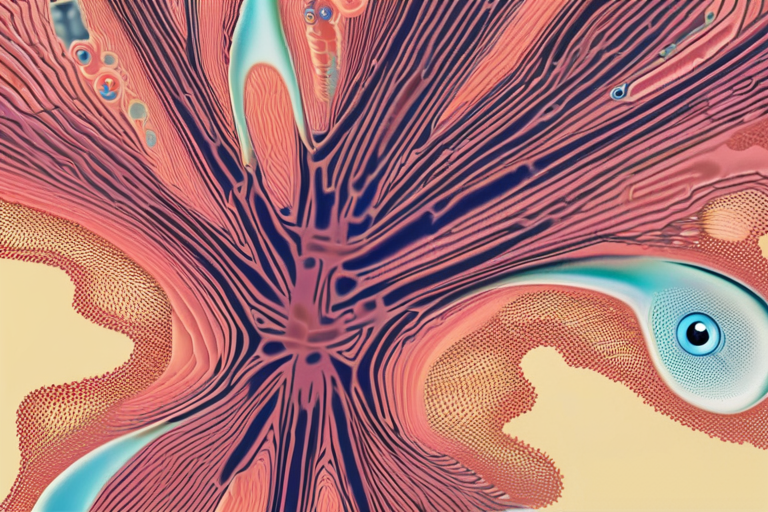

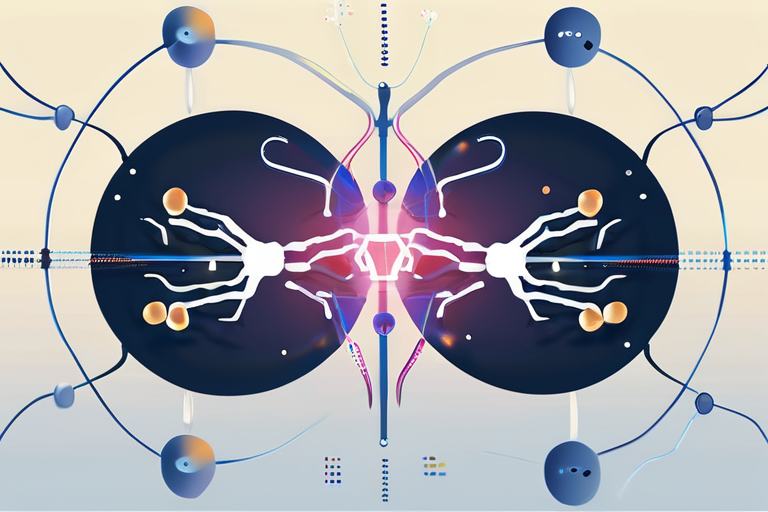
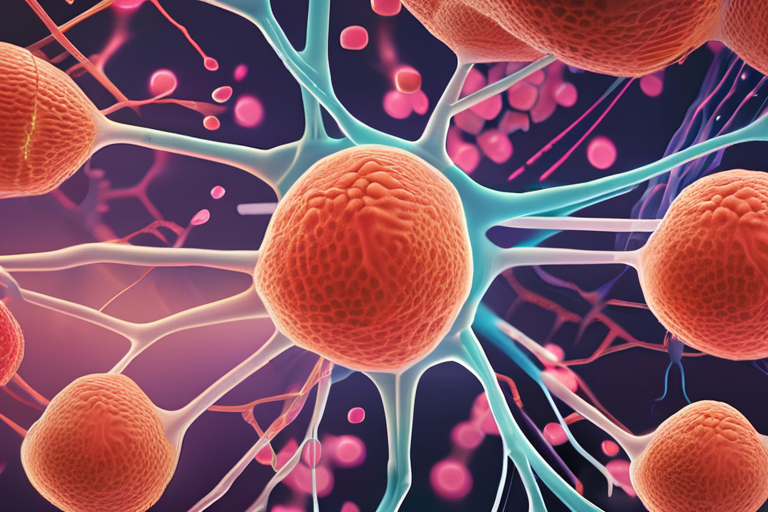



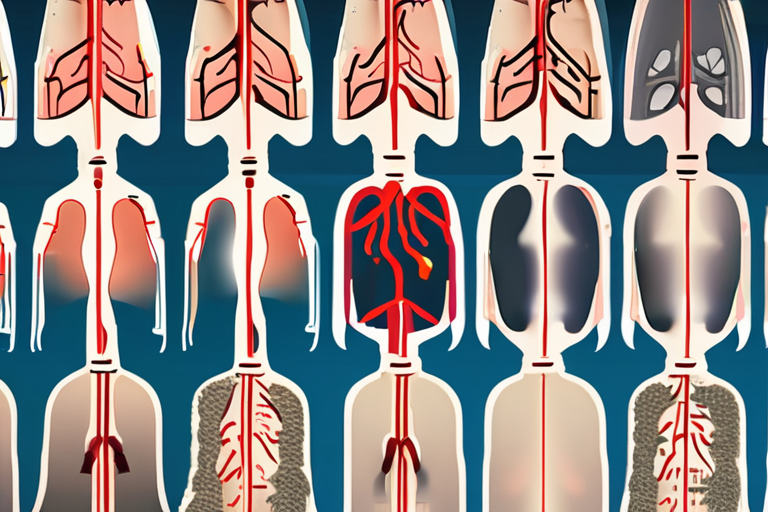

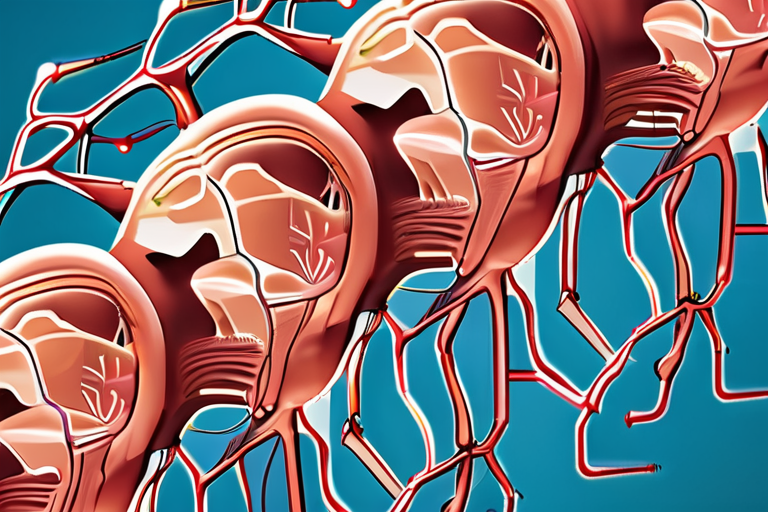

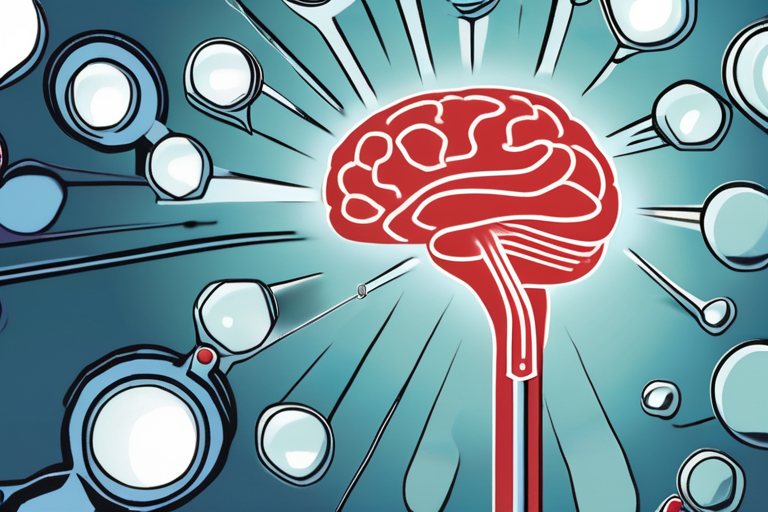




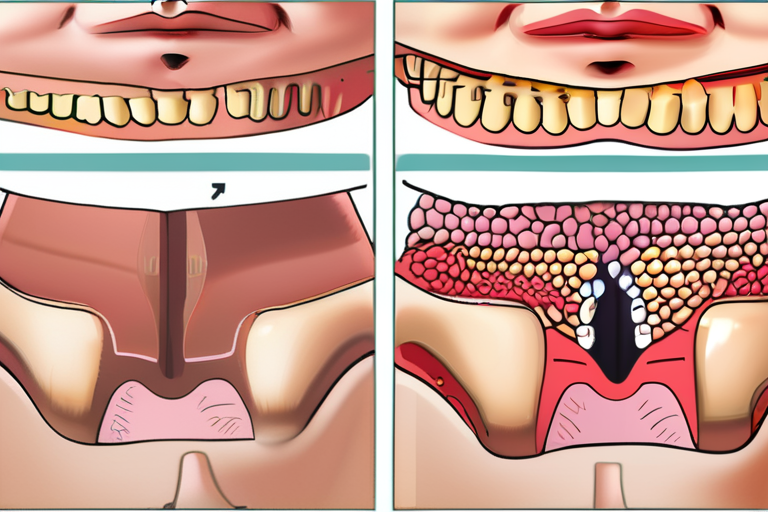
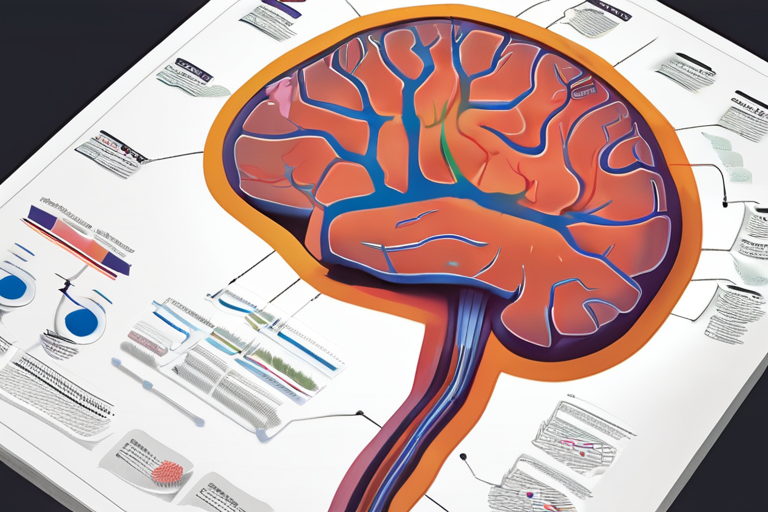
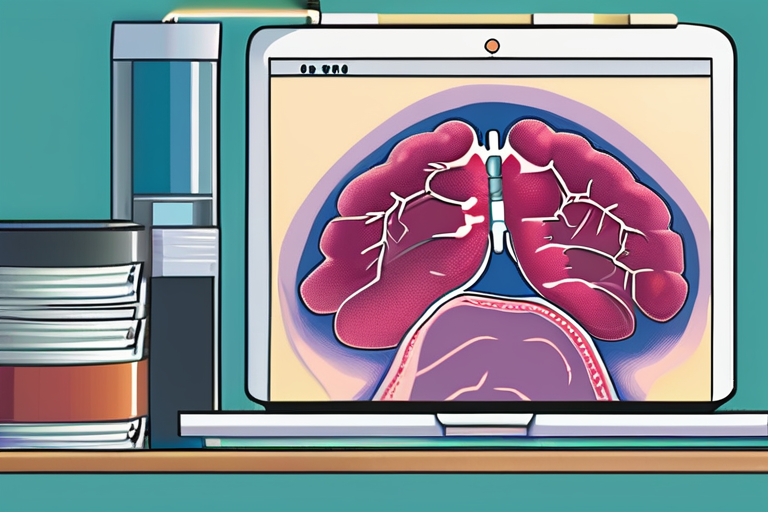
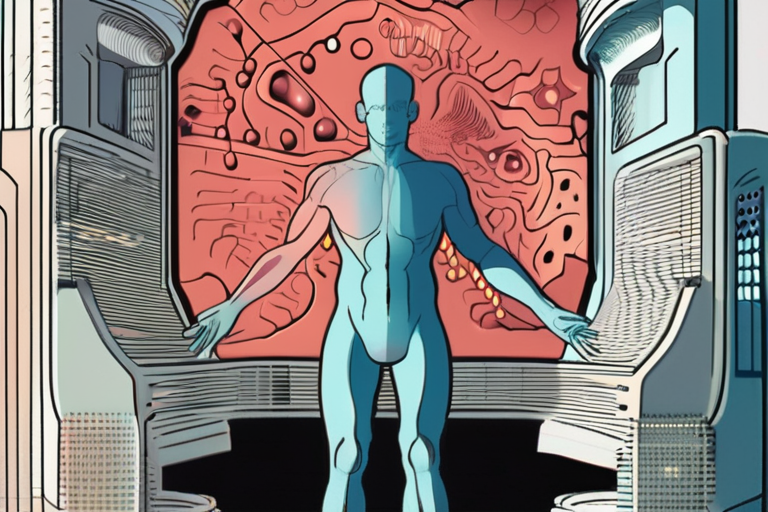

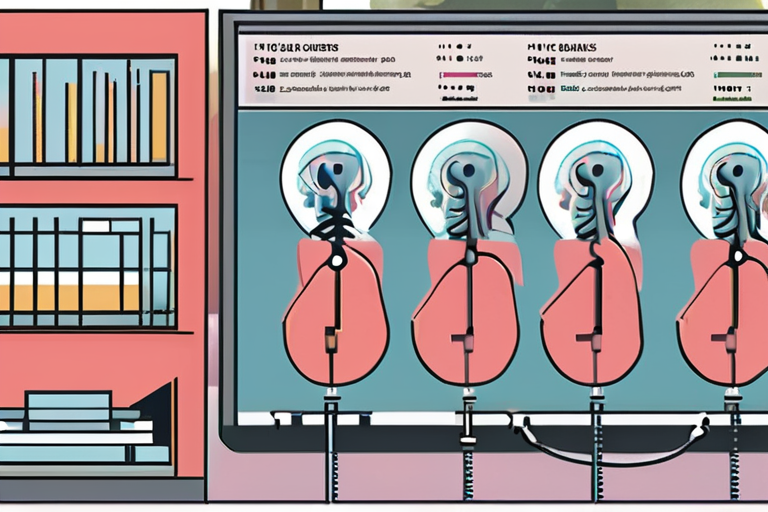
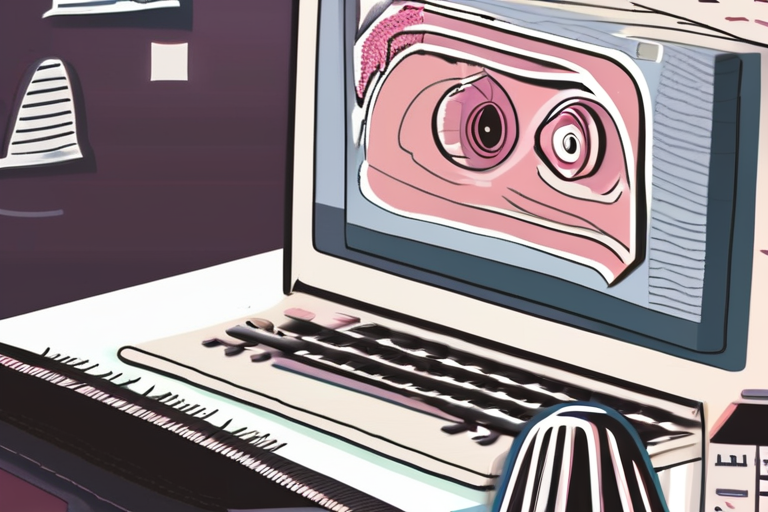


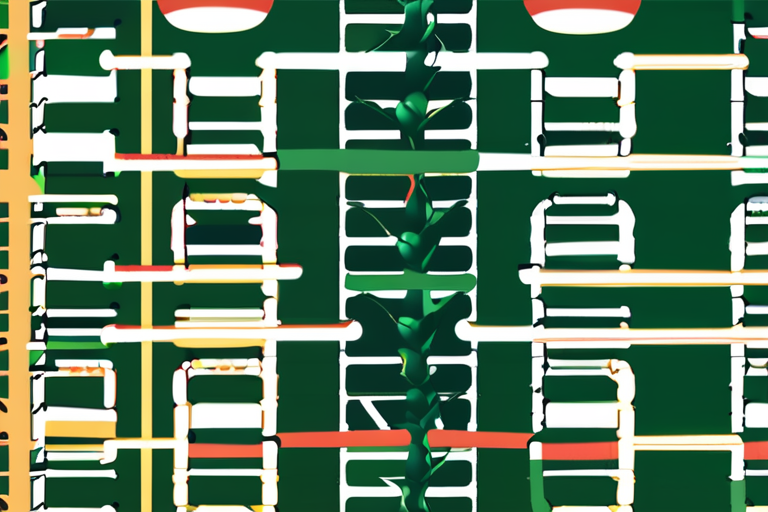
Share & Engage Share
Share this article